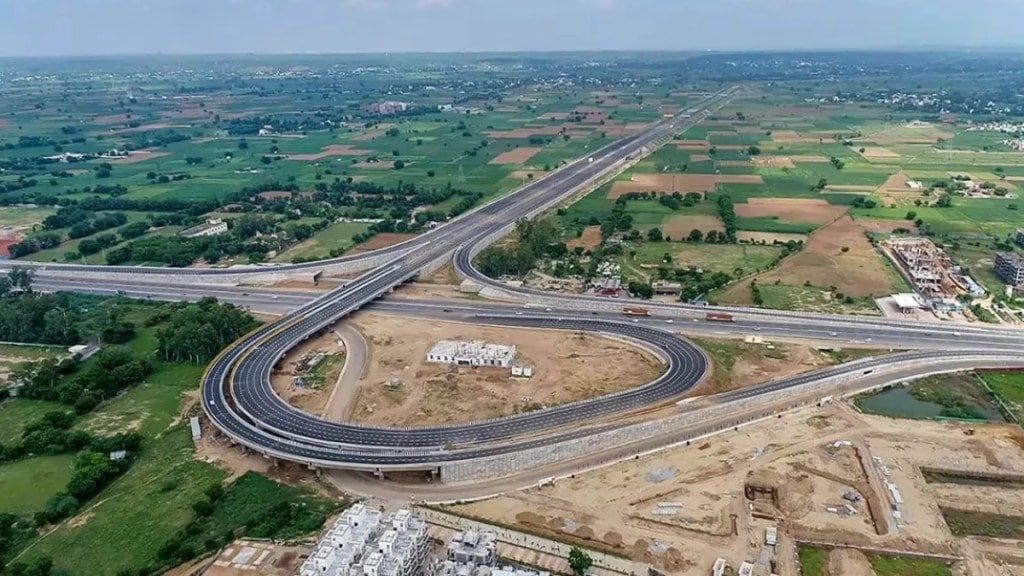The National Highways Authority of India (NHAI) proposes to significantly increase the share of build operate transfer (BoT) mode in road development, aiming to raise it to nearly 16% of total project awards.
This year, the highway authority plans to award 12 highway projects—stretching over 1,046 km—to be executed under the BoT model. According to NHAI’s tentative list, the total capital cost of these projects is estimated at around Rs 62,125 crore.
During FY25, NHAI had awarded only two BoT projects, with a combined length of 299 km.
As per the list, NHAI is planning to award 124 major road projects this fiscal, covering a total length of 6,376 km at an estimated cost of Rs 3.45 lakh crore.
The Hybrid Annuity Mode (HAM) is expected to continue dominating highway awards. This year, 84 projects with a total length of 4,714 km and a capital cost of Rs 2.44 lakh crore are planned under HAM. Meanwhile, the Engineering, Procurement, and Construction (EPC) mode will account for 28 projects covering 616 km at a projected cost of Rs 38,946 crore.
The government is seeking to revive BoT in highway development so that pressure on its resources for road infrastructure is reduced. In BoT the private developer pays the full cost of building a highway and in return gets a right to collect the user fee for 20 years.
BoT was once the dominant model for highway construction—between 2007 and 2014, it accounted for nearly 50% of all projects. However, it declined sharply after 2014, when several developers incurred heavy losses and exited projects. In response, the government shifted toward funding highways through public resources.
In 2016, the government introduced HAM—a hybrid between BoT and EPC. In HAM, the government agency gives 40% of the cost of the project and 60% has to come from the private developer. The developer gets a return on investment in the form of yearly payments. Under EPC, by contrast, roads are fully funded by the government.
The renewed push for BoT comes after several regulatory reforms intended to make the model more attractive to investors. Key changes have been made to the Model Concession Agreement (MCA) to reduce investor risk, and additional revisions are under consideration.
Gradually, developers are warming to BoT again as it enables them to benefit from any upside in toll collections beyond the projected figures. Another advantage cited by officials is that BoT delivers better quality roads. Because toll collection and maintenance remain the responsibility of the concessionaire, the quality of construction is better than in other modes they maintain.

